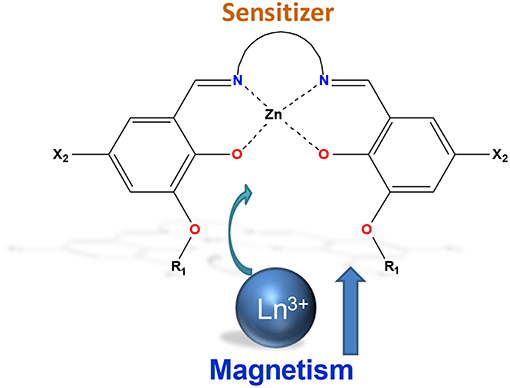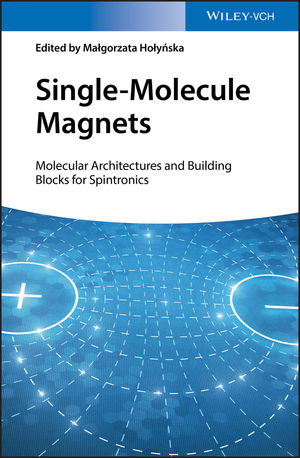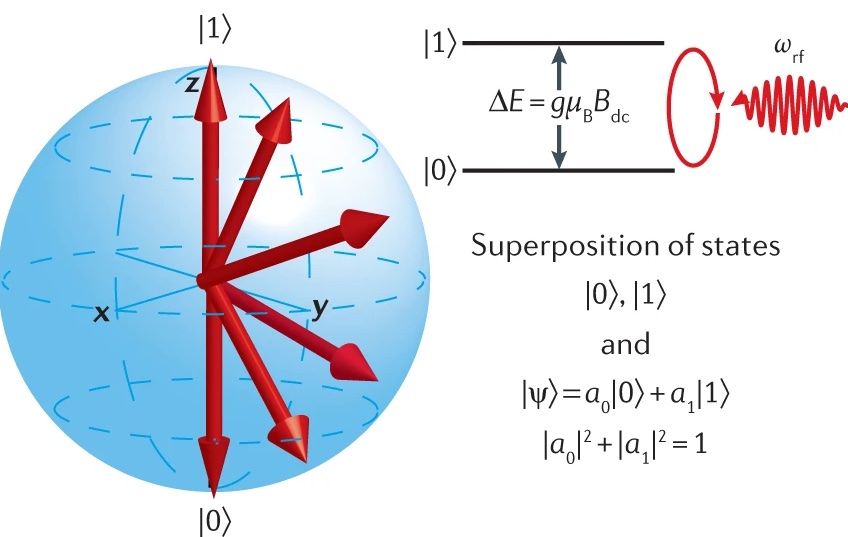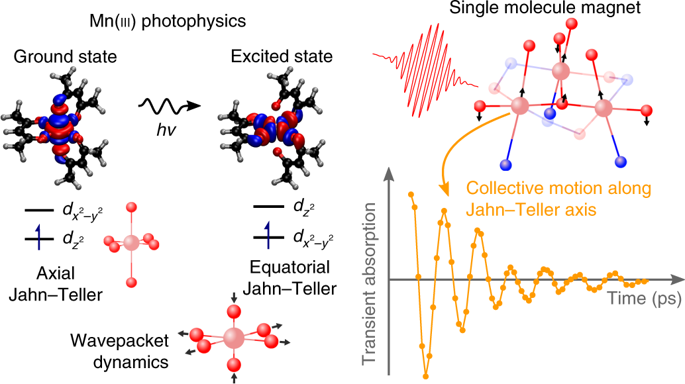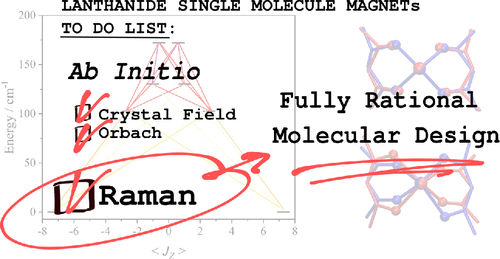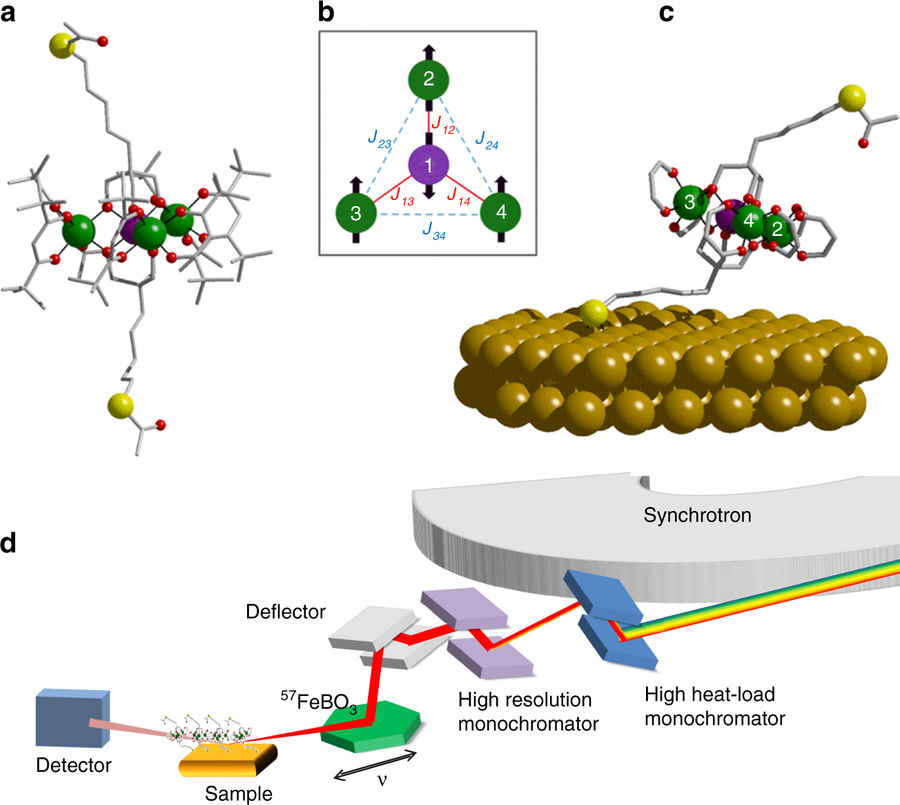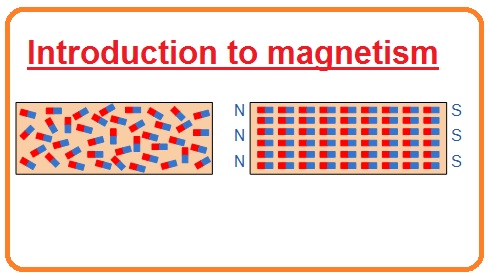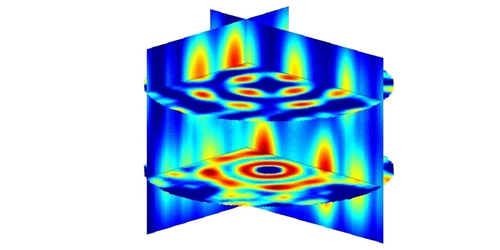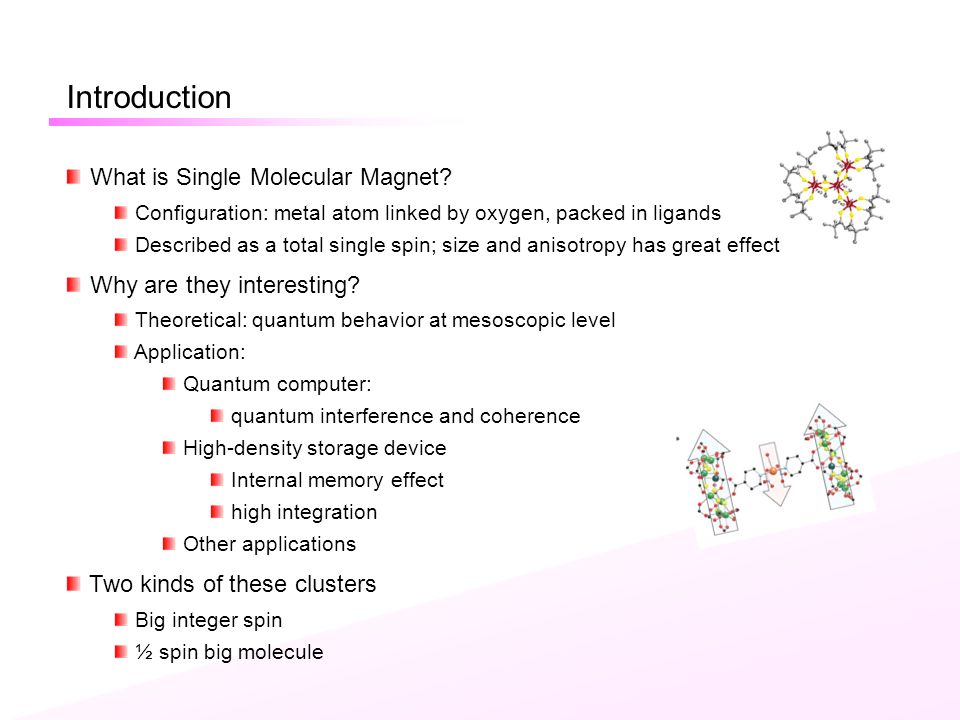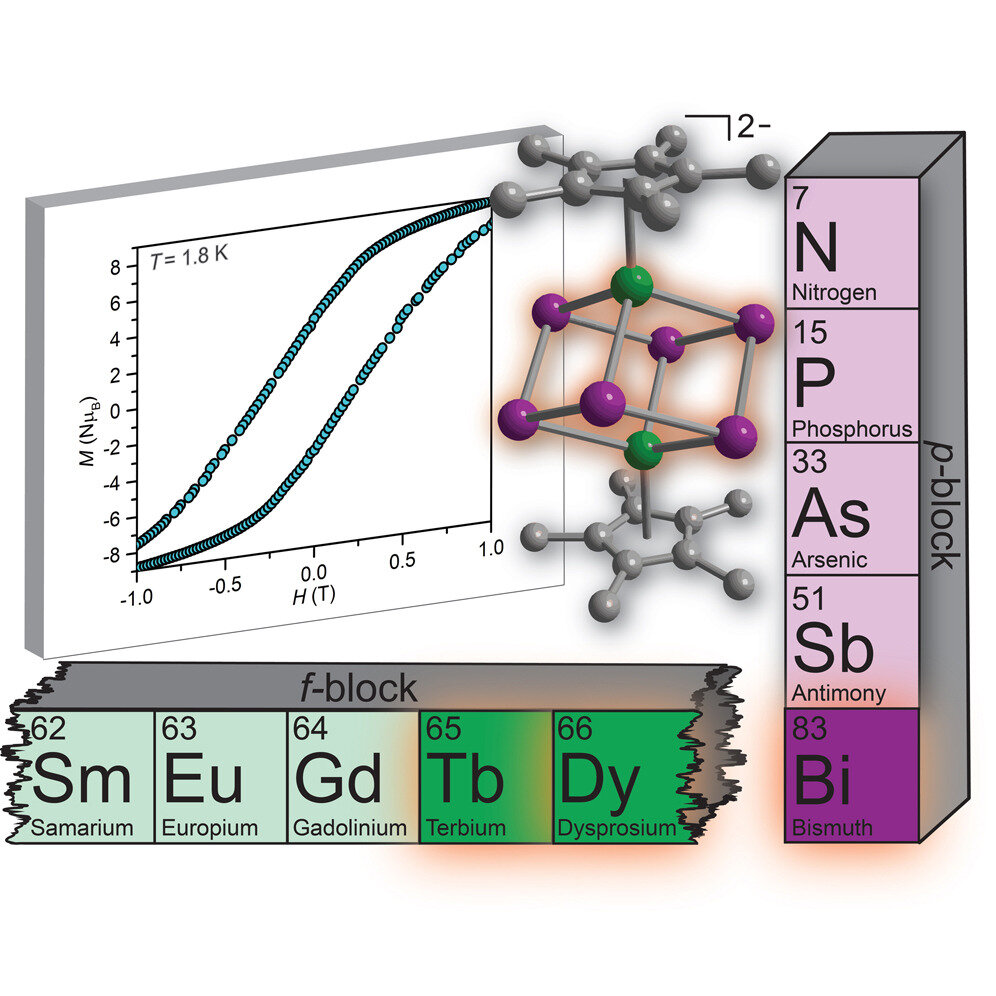
PDF) Thermodynamics and Magnetic Excitations in Quantum Spin Trimers: Applications for the Understanding of Molecular Magnets

Luminescent single-molecule magnets based on lanthanides: Design strategies, recent advances and magneto-luminescent studies - ScienceDirect
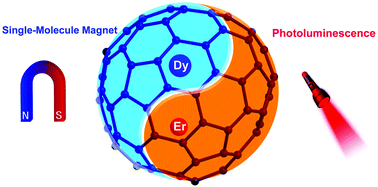
A luminescent single-molecule magnet of dimetallofullerene with cage-dependent properties - Nanoscale (RSC Publishing)

1. 2 Molecular nanomagnets as milestones for the study of low-dimensional magnetism: fundamental physics and applications magnetism: fundamental physics. - ppt download

Real-life applications - Magnetism - Finding the Way, Magnets for Detection, Magnets for Projecting Sound

Amazon.com: Molecular Magnets: Physics and Applications (NanoScience and Technology): 9783642406089: Bartolomé, Juan, Luis, Fernando, Fernández, Julio F.: Books

Amazon.com: Molecular Magnets: Physics and Applications (NanoScience and Technology): 9783642406089: Bartolomé, Juan, Luis, Fernando, Fernández, Julio F.: Books
